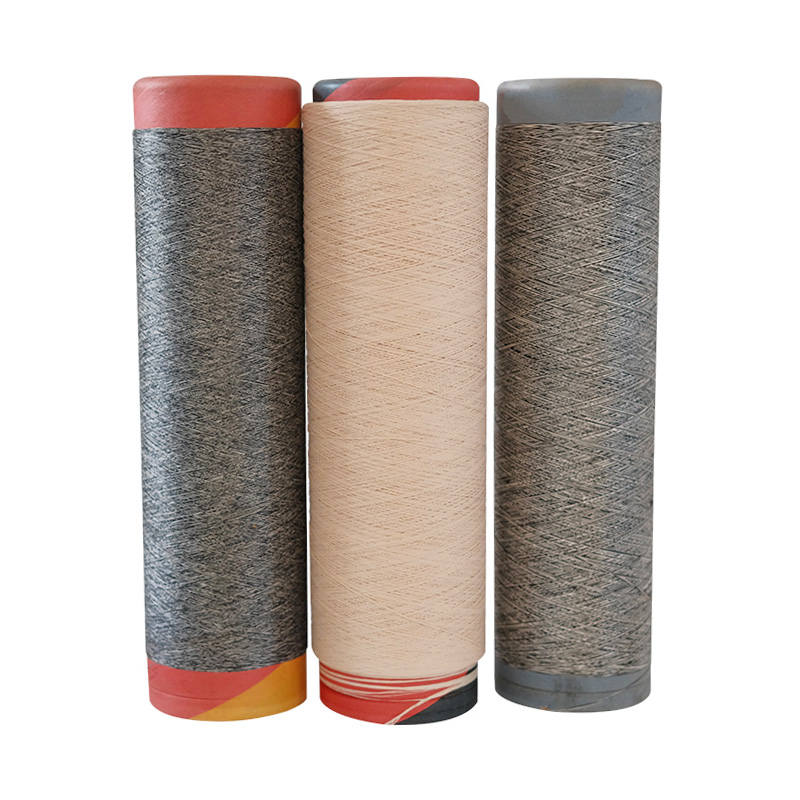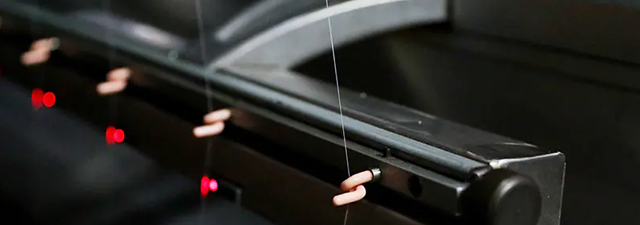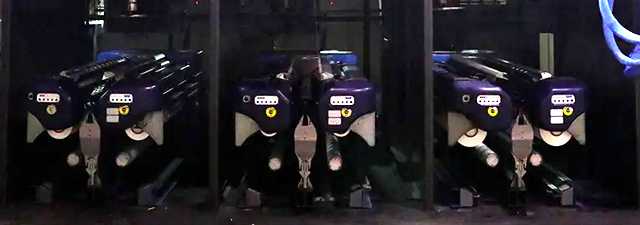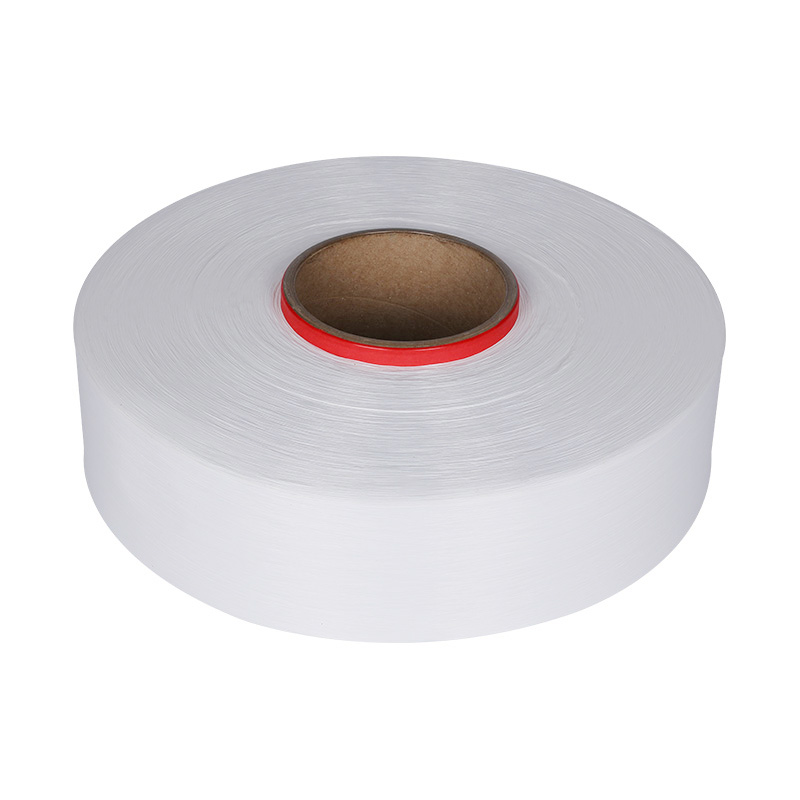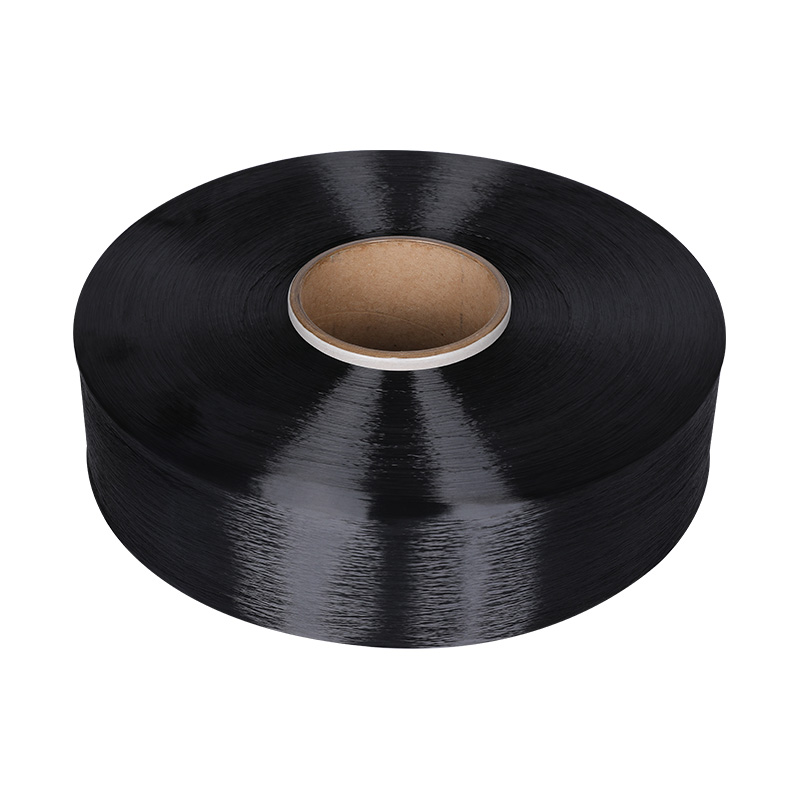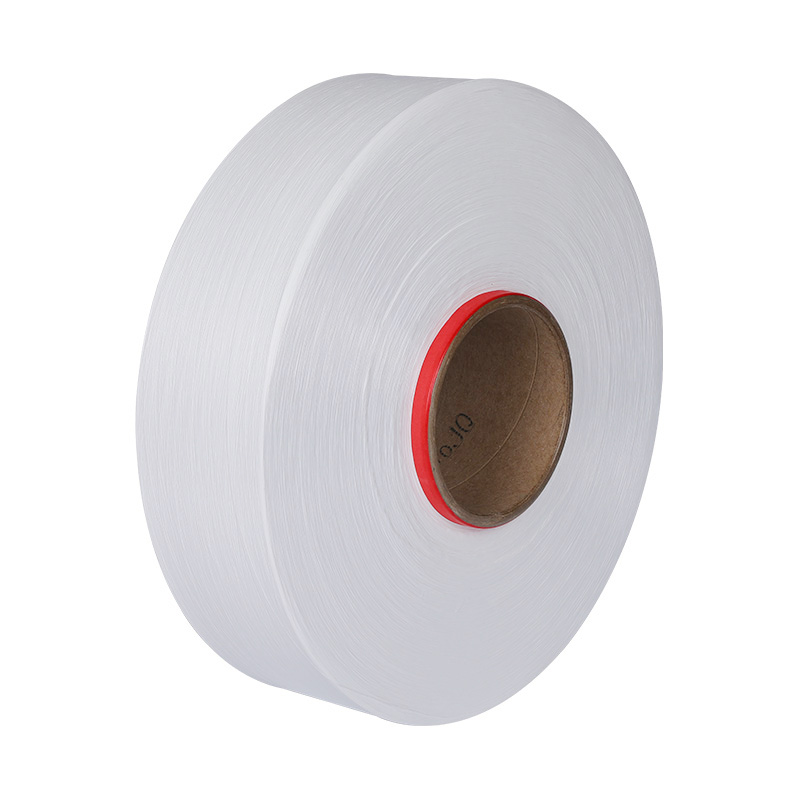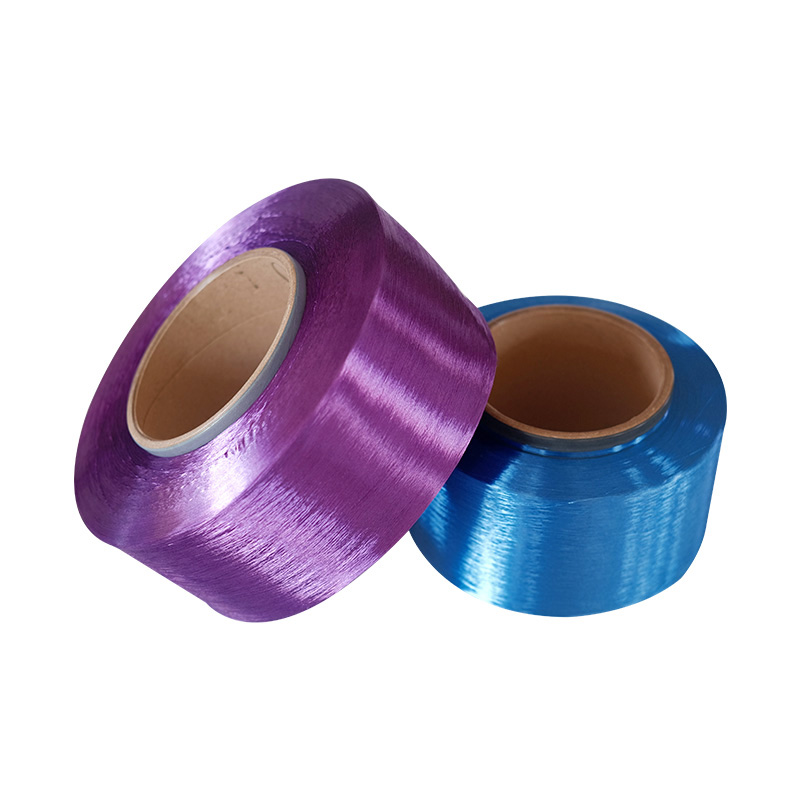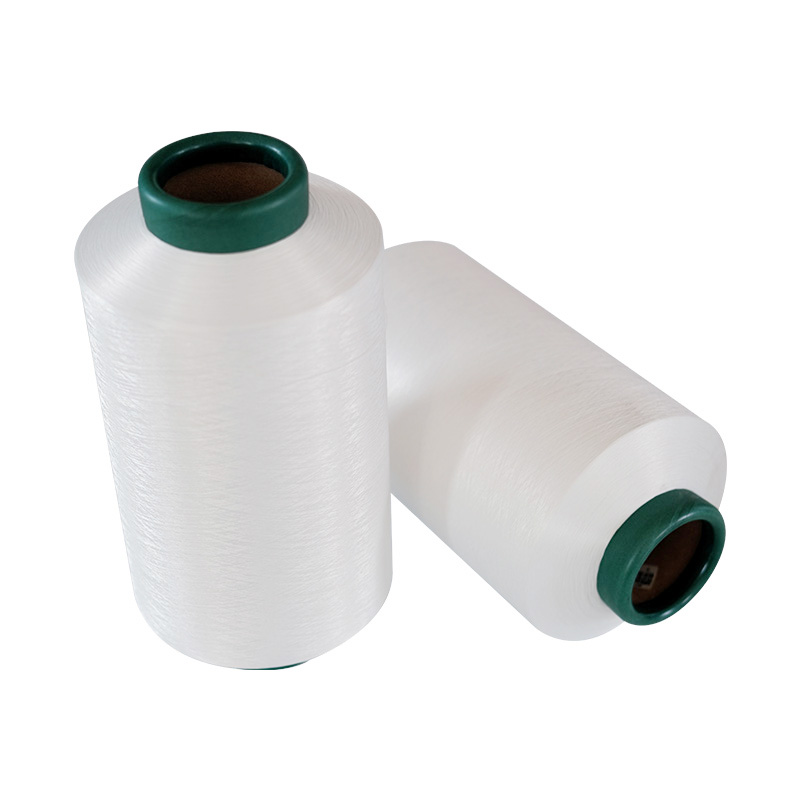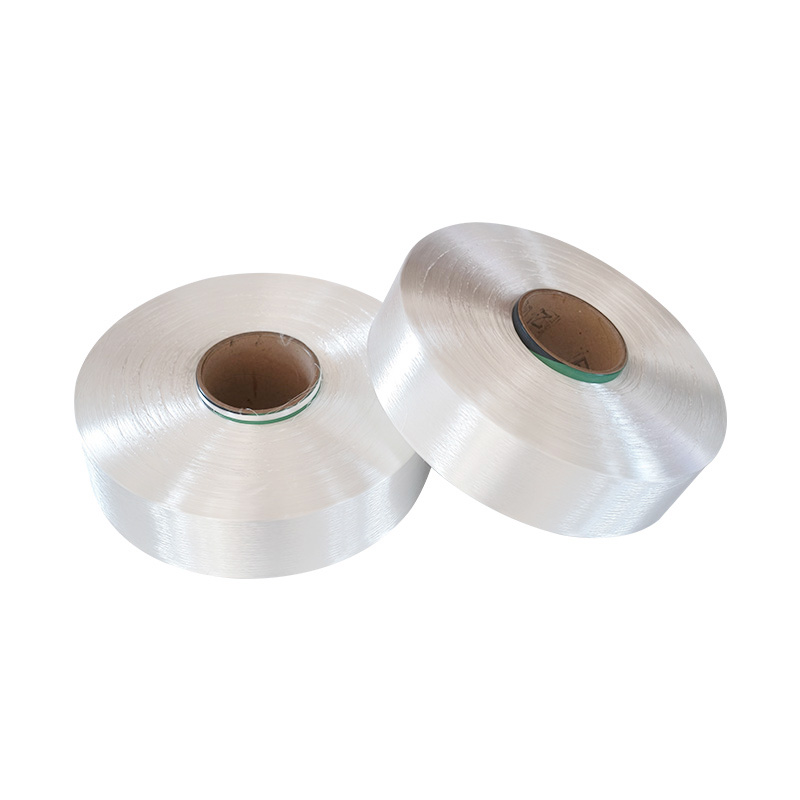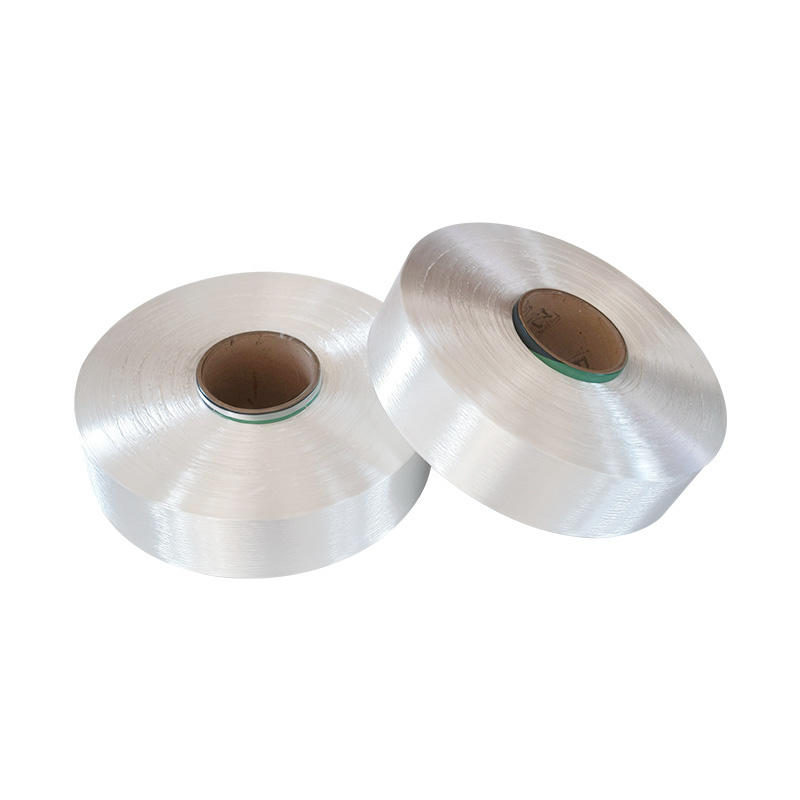Introduction to Composite Differentiated Yarn
The textile industry has always been at the forefront of innovation, driven by the demand for materials that combine performance with aesthetic appeal. One of the most exciting developments in recent years is the rise of composite differentiated yarns. These yarns represent a major step forward in fabric technology by combining multiple fibers with different properties to create textiles that are stronger, more flexible, and more functional than traditional yarns. The unique synergy of composite and differentiated yarns has opened up new possibilities across multiple industries, from fashion to medical textiles and beyond.
What Is Composite Yarn?
Composite yarns are created by combining two or more fibers of different types or properties. The fibers are either spun, twisted, or interlaced to form a single, cohesive yarn. Each fiber contributes distinct characteristics to the final product, resulting in yarns that combine the strengths of various materials. This process allows for a high degree of customization, enabling manufacturers to create fabrics that are stronger, more durable, and more versatile.
Some common types of composite yarns include:
- Core-Spun Yarn: A strong central fiber is wrapped in a soft, outer fiber. This combination provides durability while maintaining comfort and flexibility.
- Wrapped Yarn: A filament or staple fiber is wrapped around a core, offering a variety of surface textures and structural properties.
- Twisted Yarn: Multiple yarns are twisted together, which blends their properties and results in a composite structure with enhanced characteristics.
What Is Differentiated Yarn?
A differentiated yarn is specifically designed to have unique and enhanced characteristics compared to standard yarns. These properties are often achieved by altering the yarn’s chemical composition, physical structure, or cross-sectional shape. Differentiated yarns are engineered for specific functionalities, such as:
- Moisture-wicking: Keeps the fabric dry by pulling moisture away from the skin.
- UV Protection: Offers protection against harmful ultraviolet rays.
- Antimicrobial: Resists the growth of bacteria, fungi, and other microorganisms.
The Synergy of Composite and Differentiated Yarn
The true innovation in textile manufacturing lies in the combination of composite and differentiated yarns. By combining differentiated fibers in a composite structure, manufacturers can create textiles that offer a wide range of properties for specialized applications. For instance, a core-spun yarn could feature a high-strength filament in the center for durability, while the sheath could be made of a moisture-wicking differentiated fiber to ensure comfort. This fusion of materials opens up new opportunities for creating textiles that are not only aesthetically pleasing but also functional, paving the way for high-performance garments, medical textiles, and even smart fabrics.
Advantages and Benefits of Composite Differentiated Yarn
The combination of materials and structures in composite differentiated yarns brings numerous advantages, making these yarns highly sought after across a variety of industries. The following sections discuss some of the key benefits.
Enhanced Performance Characteristics
One of the main reasons composite differentiated yarns have gained popularity is their ability to deliver superior performance. The combination of different fibers allows for a tailored yarn that is optimized for specific needs. For example, a composite yarn made from a high-strength core fiber and a moisture-wicking sheath can be used to produce fabrics that are both strong and comfortable—ideal for sportswear and performance clothing. Similarly, a combination of flame-retardant and durable fibers is perfect for protective workwear.
By utilizing different fibers, composite differentiated yarns can offer a blend of strength, elasticity, and comfort that is difficult to achieve with traditional single-component yarns.
Design Flexibility and Aesthetics
Another significant advantage of composite differentiated yarns is the creative freedom they offer. Designers can experiment with different fiber combinations to create unique textures, colors, and patterns. For example, fibers can be chosen for their ability to take up dye in different ways, resulting in heathered or multi-tonal yarns that add depth and visual appeal to the fabric.
Additionally, the ability to combine fibers with varying surface textures allows designers to create fabrics with novel tactile sensations, enhancing the sensory experience of wearing the garments. This versatility is invaluable in fashion, interior design, and other textile-based industries.
Functional Properties
One of the most exciting aspects of composite differentiated yarns is their potential to incorporate specialized functionalities directly into the yarn structure. These include:
- UV Protection: Incorporating UV-blocking fibers helps protect the skin from the harmful effects of the sun, making them ideal for outdoor apparel.
- Antimicrobial: Fabrics made from composite differentiated yarns can be engineered to resist bacteria, fungi, and other microbes, making them ideal for healthcare settings or activewear.
- Flame Retardancy: Composite yarns with flame-resistant properties are essential for protective uniforms, ensuring safety in hazardous work environments.
With these functionalities embedded into the yarn itself, there is no need for additional treatments or coatings, making the fabric more durable and long-lasting.
Manufacturing Processes of Composite Differentiated Yarn
Creating composite differentiated yarns involves highly specialized manufacturing processes. These processes require a deep understanding of fiber properties and the precise combination of materials to achieve the desired performance characteristics.
Core-Spun Yarn Production
Core-spun yarn production involves feeding a strong core fiber, such as spandex or high-strength polyester, into a spinning machine while simultaneously wrapping it with staple fibers like cotton, wool, or a moisture-wicking polyester. The tension and speed of the spinning machine are carefully controlled to ensure that the core is completely covered, resulting in a yarn with both strength and comfort. The core provides durability and stretch, while the outer sheath enhances the feel and functionality of the fabric.
Wrap Spinning
Wrap spinning is a technique in which a continuous filament is wrapped around a core yarn or roving. This process allows for the creation of yarns with smooth surfaces, which can be highly desirable in applications where a sleek appearance is needed. Wrap spinning also allows for greater flexibility in controlling the yarn’s density and twist, providing a versatile method for creating various types of composite yarns.
Twisting and Intermingling
In twisting, two or more separate yarns are twisted together to create a single, plied yarn. The direction and degree of the twist can be adjusted to create unique textures and structures. Similarly, intermingling involves using air jets to entangle synthetic fibers together without applying a formal twist. This method is often used for creating lightweight and flexible yarns that still maintain their strength.
Both methods allow for blending multiple fibers and can be used to create composite yarns that combine the best characteristics of their individual components.
Applications of Composite Differentiated Yarn in the Textile Industry
The versatility and enhanced properties of composite differentiated yarns make them suitable for a wide range of textile applications. These yarns are used across industries, from everyday apparel to specialized industrial products.
Apparel
In the apparel industry, composite differentiated yarns are often used in sportswear, activewear, and other performance garments. The combination of stretch fibers and moisture-wicking yarns helps create fabrics that are comfortable, breathable, and durable. For instance, core-spun yarns made with a high-strength filament core and moisture-wicking fibers are ideal for creating activewear that can withstand rigorous activity while keeping the wearer dry and comfortable.
Beyond function, these yarns can also be used to create fabrics with unique textures and colors, making them an ideal choice for high-fashion designs that require both style and performance.
Home Textiles
In home textiles, composite differentiated yarns are used to create fabrics for furniture upholstery, curtains, and bedding. For example, flame-retardant composite yarns are often used in curtains, while moisture-absorbing yarns are ideal for towels and bedding. These yarns offer a blend of durability and comfort, ensuring that home textiles last longer and provide a better user experience.
Industrial Applications
The high-performance properties of composite differentiated yarns also make them ideal for industrial applications. For example, automotive textiles use composite yarns for seat covers that are both durable and resistant to stains. Geotextiles, which are used in construction for soil stabilization and drainage, often use composite yarns to enhance their strength and longevity.
Table 1: Comparison of Different Types of Composite Differentiated Yarns
| Yarn Type | Composition | Key Features | Common Applications |
|---|---|---|---|
| Core-Spun Yarn | Strong core fiber wrapped in soft sheath | Durable, stretchable, moisture-wicking | Sportswear, activewear |
| Wrapped Yarn | Continuous filament wrapped around core | Lightweight, smooth surface, flexible | Upholstery, fashion fabrics |
| Twisted Yarn | Two or more yarns twisted together | Enhanced strength, texture variety | Industrial textiles, fashion |
Table 2: Functional Properties of Composite Differentiated Yarns
| Functionality | Description | Typical Applications |
|---|---|---|
| Moisture Wicking | Keeps fabric dry by drawing moisture away | Activewear, performance clothing |
| UV Protection | Provides protection from harmful UV rays | Outdoor apparel, sportswear |
| Flame Retardancy | Resists ignition and slows burning | Protective clothing, home textiles |
| Antimicrobial | Prevents growth of bacteria and fungi | Healthcare textiles, activewear| |
Conclusion: The Growing Importance of Composite Differentiated Yarn
As the textile industry continues to evolve, composite differentiated yarns play a crucial role in shaping the future of fabrics. The ability to combine different fibers to achieve both enhanced performance and aesthetic appeal is revolutionizing fabric production. From high-performance sportswear to smart textiles and protective industrial fabrics, these yarns offer endless possibilities for innovation.
While there are challenges ahead, particularly concerning cost and sustainability, the future of composite differentiated yarns looks bright. With advancements in material science and manufacturing techniques, we can expect to see even more functional, sustainable, and customizable fabrics emerging, continuing to meet the ever-growing demand for high-performance textiles.
 +86-0571-82795522
+86-0571-82795522 
 LANGUAGE
LANGUAGE 
 English
English